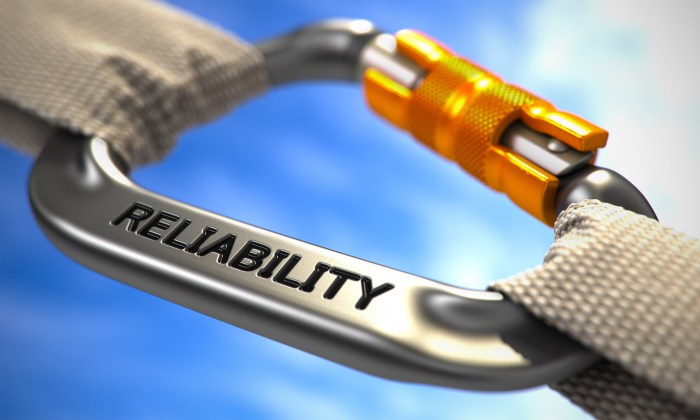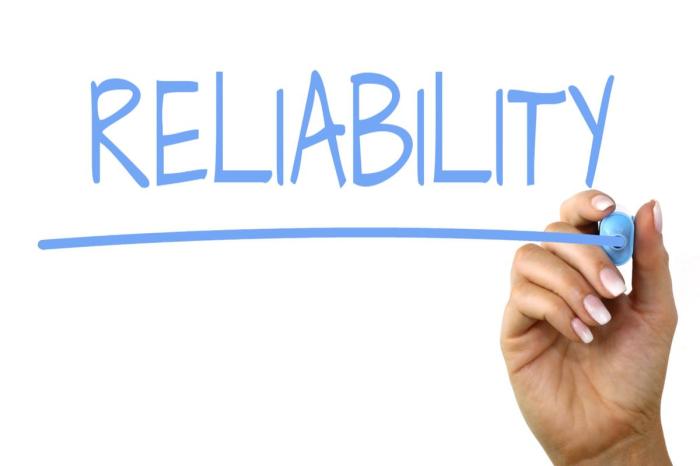What is the most important feature of a scuba regulator – In the realm of scuba diving, the regulator stands as the gatekeeper to the underwater world, ensuring the safe and reliable delivery of breathable air to divers. Its significance lies not only in its ability to reduce high-pressure air to a level suitable for human consumption but also in its intricate design and construction, which prioritizes performance, safety, and compatibility.
As we delve into the depths of this topic, we will unravel the key features that define an exceptional scuba regulator, empowering divers with the knowledge to make informed choices and enhance their underwater experiences.
The primary function of a scuba regulator is to reduce the high-pressure air stored in a scuba tank to a breathable level, typically around 1 atmosphere (atm). This reduction is achieved through a series of stages, each employing a diaphragm or piston mechanism to gradually decrease the pressure of the incoming air.
By regulating the flow of air, the regulator ensures that divers can breathe comfortably and safely underwater.
Key Features of a Scuba Regulator: What Is The Most Important Feature Of A Scuba Regulator

A scuba regulator is an essential piece of equipment for scuba diving, as it reduces high-pressure air from a scuba tank to a breathable level. It plays a crucial role in ensuring the diver’s safety and comfort underwater.
Primary Function of a Scuba Regulator
The primary function of a scuba regulator is to regulate the flow of high-pressure air from the scuba tank to the diver’s lungs. It does this by reducing the pressure of the air to a level that can be safely breathed by humans, typically around 1 atmosphere (14.7 psi).
Mechanism of Pressure Reduction, What is the most important feature of a scuba regulator
The regulator achieves pressure reduction through a series of stages. In a single-stage regulator, the high-pressure air enters the regulator and is immediately reduced to the desired breathing pressure. In a two-stage regulator, the air is reduced in two stages: first, to an intermediate pressure, and then to the final breathing pressure.
Two-stage regulators are more common and offer better performance and reliability.
Types of Regulators
There are several types of scuba regulators available, each designed for specific diving applications. Common types include:
Balanced regulators
These regulators maintain a constant breathing effort regardless of depth, making them suitable for deep diving.
Unbalanced regulators
These regulators have a varying breathing effort with depth, making them more suitable for shallow diving.
Piston regulators
These regulators use a piston to control the flow of air, offering high performance and reliability.
Diaphragm regulators
These regulators use a diaphragm to control the flow of air, providing a simple and cost-effective option.
General Inquiries
What are the different types of scuba regulators?
Scuba regulators come in various types, including single-stage, two-stage, and balanced regulators. Single-stage regulators reduce the air pressure in one step, while two-stage regulators employ two stages of reduction for better performance. Balanced regulators maintain a constant breathing resistance regardless of depth, providing optimal comfort during deep dives.
How often should a scuba regulator be serviced?
Regular servicing of a scuba regulator is crucial for maintaining its performance and safety. It is generally recommended to have the regulator serviced annually by a qualified technician. The frequency of servicing may vary depending on the usage and diving conditions.
What are the safety features incorporated into scuba regulators?
Scuba regulators incorporate various safety features to ensure diver safety. These features include over-pressure relief valves to prevent excessive pressure buildup, purge buttons to clear water from the regulator, and free-flow mechanisms to prevent accidental drowning in case of regulator failure.

